(First upload on August 23 2009. Last on November 4 2024) [ 日本語 | English ]
Mount Usu / Sarobetsu post-mined peatland
From left: Crater basin in 1986 and 2006. Cottongrass / Daylily
HOME > Plant list (植物リスト) > Asteraceae (キク科) > Cirsium oligophyllum
Cirsium Mill. (アザミ)Amerika-oni-azami (アメリカオニアザミ, 亜米利加鬼薊), spear thistle / bull thistle(セイヨウオニアザミ/西洋鬼薊, ヒレオニアザミ, アメリカヒレアザミ) Life form: annual-biennial forb, forming rosettes Origin: native throughout Europe and northern Africa, and extotic to Japan (Shikoku, Honshu, and Hokkaido)
So, Japanese common name is a little bit strange, becauase 'Amerika' means America |
Habitat: ruderal
Now we can see this species in various barelands, e.g., volcanoes and over-grazed fields, in Hokkaido) Chromosome number: 2n = 68, or 102 Synonyms: C. lanceolatum (L.) Scop., non Hill |
|
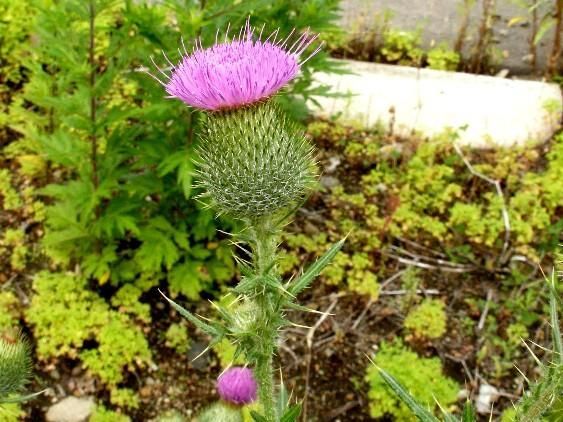 1
1
 2
2
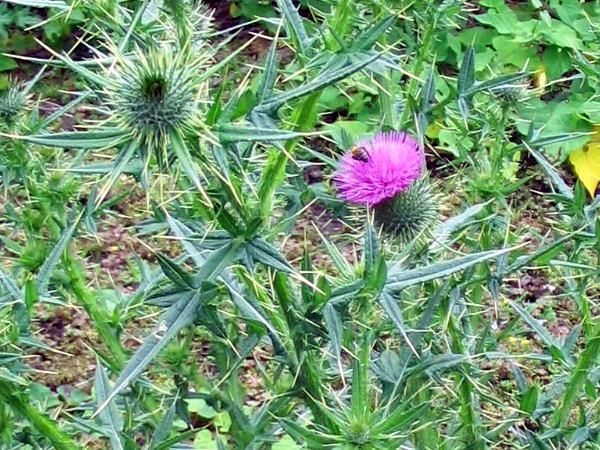 3
3
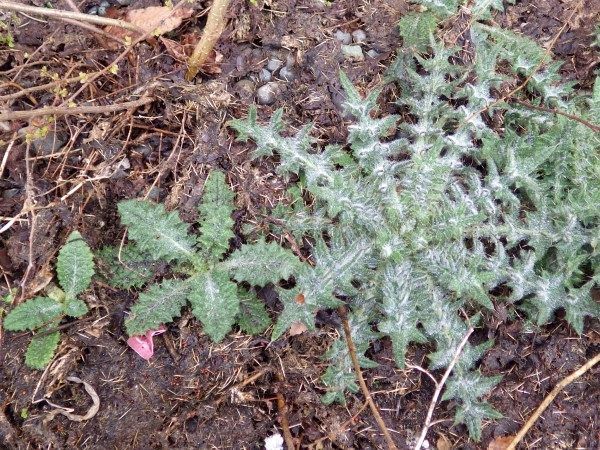 4
4
 5
5
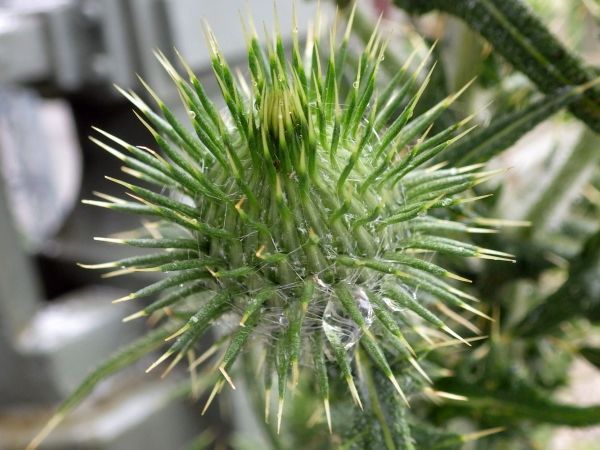 6
6
 7
7
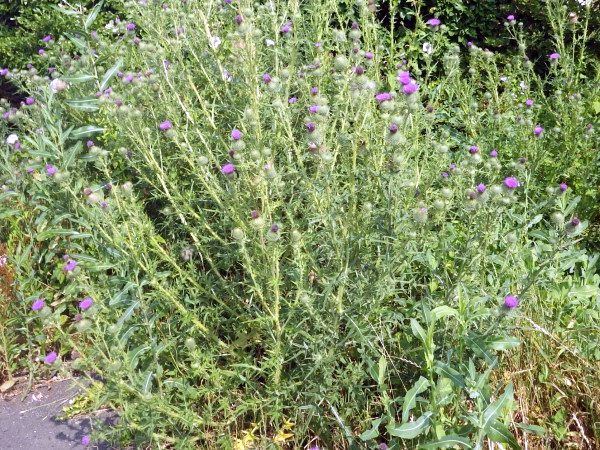 8
8
[1] at a parking lot along a radoside at East Ward (N24/E1), Sapporo, on July 19 2009. [2/3] in a grassland on Nakajima Island on July 21 2005. This species became dominant, owing to the low palatability of deer. Also, it becomes common around the 2000 craters of Mount Usu (Tsuyuzaki & Takahashi 2007). [4] by a parking lot in N16/W4, North Ward, Sapporo, on April 15 2019. [5] along Sakushukotoni River in the experimental farm of Hokkaido University, Sapporo, on July 28 2017. [6] in front of JR Yotsuya Station, Tokyo, on May 26 2017. [7] on a roadside at the opposite side of Nakae Hospital, North Ward, on August 17 2024. [8] along a paved road in N28/E2, East Ward, Sapporo, on July 21 2021. Records: a rosette at a roadside, N11/W5, North Ward, Sapporo, on April 1 2015. Near the First Lookout of Nishiyama Craters on Mount Usu on September 21 2021. Fruiting on a waste land in front of Hotel Utaseyu, Odaitou, eastern Hokkaido, on August 29 2020.